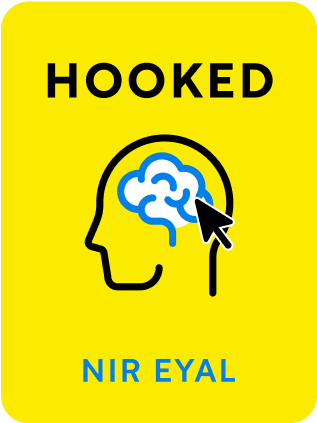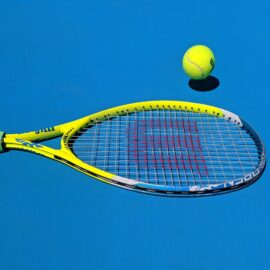

This article is an excerpt from the Shortform summary of "Hooked" by Nir Eyal and Ryan Hoover. Shortform has the world's best summaries of books you should be reading.
Like this article? Sign up for a free trial here .
What are habit-forming products? How does building habit-forming products help your business?
Building habit-forming products is a strategy to help enhance customer loyalty and longevity. If your products are part of the consumer’s habits, they’re less likely to leave.
Read more about building habit-forming products.
Testing Habit-Forming Products
Now that you have ideas for habit-forming products, you need to test them with real users. The author proposes the Habit Testing process for building habit-forming products, similar to “build, measure, learn” from Lean Startup.
- Identify
- Define what it means to be a devoted user. How often should she use your product? What does this person do?
- Use cohort analysis to figure out how your users are meeting this benchmark.
- Nir Eyal argues 5% of habitual users is a good benchmark to exceed – fewer and you may have a problem.
- Codify
- Identify the steps your habitual users took to find patterns to what hooked them.
- Twitter found that following 30 people reached a tipping point
- Modify
- Modify the same Habit Path identified above – update the conversion funnel, remove features that block action, strengthen features that increase investment.
Discovering Habit-Forming Opportunities
You might be wondering what kind of product to build and how to get your users to build habits. How can you find ideas for habit-forming experiences?
- Start with your own problems
- Ask why you do or don’t do certain things, and how you can make those tasks easier or more rewarding.
- Be aware of your behaviors and emotions as you use products.
- What triggered you to use these products? Were they external or internal triggers?
- Am I using these products as intended?
- How can these products improve their onboarding funnels, increase motivation or ability, provide better variable rewards, reengage through external triggers, or encourage users to invest in the product?
- Find what early adopters are doing
- Many inventions like airplanes, the telephone, and the Internet were mocked as unnecessary. Often it was a lack of imagination for the new possibilities.
- Early adopters show you niche use cases that can eventually be taken mainstream.
- Facebook started with just Harvard students.
- Consider what new technologies enable
- New technology waves establish an infrastructure first, enabling new applications to reach massive penetration.
- Figure out what behaviors new technologies make easier.
- The camera integrated into the smartphone made photo-taking far easier, giving rise to Instagram.
- Find how user interfaces can drive new habit formation
- Apple and Microsoft turned text-based terminals into GUIs modifiable with a mouse.
- Google simplified the search interface of Yahoo.
- Pinterest created an infinite-scrolling canvas of images that was more addictive than smaller fixed galleries..
- Consider “living in the future.”
- Ask three people outside your social circle what apps occupy their phone’s home screen. Ask them to use their favorite app and observe any nascent behaviors.

———End of Preview———
Like what you just read? Read the rest of the world's best summary of Nir Eyal and Ryan Hoover's "Hooked" at Shortform .
Here's what you'll find in our full Hooked summary :
- The 4 key steps that addictive tech products use to ensnare you
- Why user rewards need to be random and variable to have the strongest effect
- How to build irresistible apps yoruself






